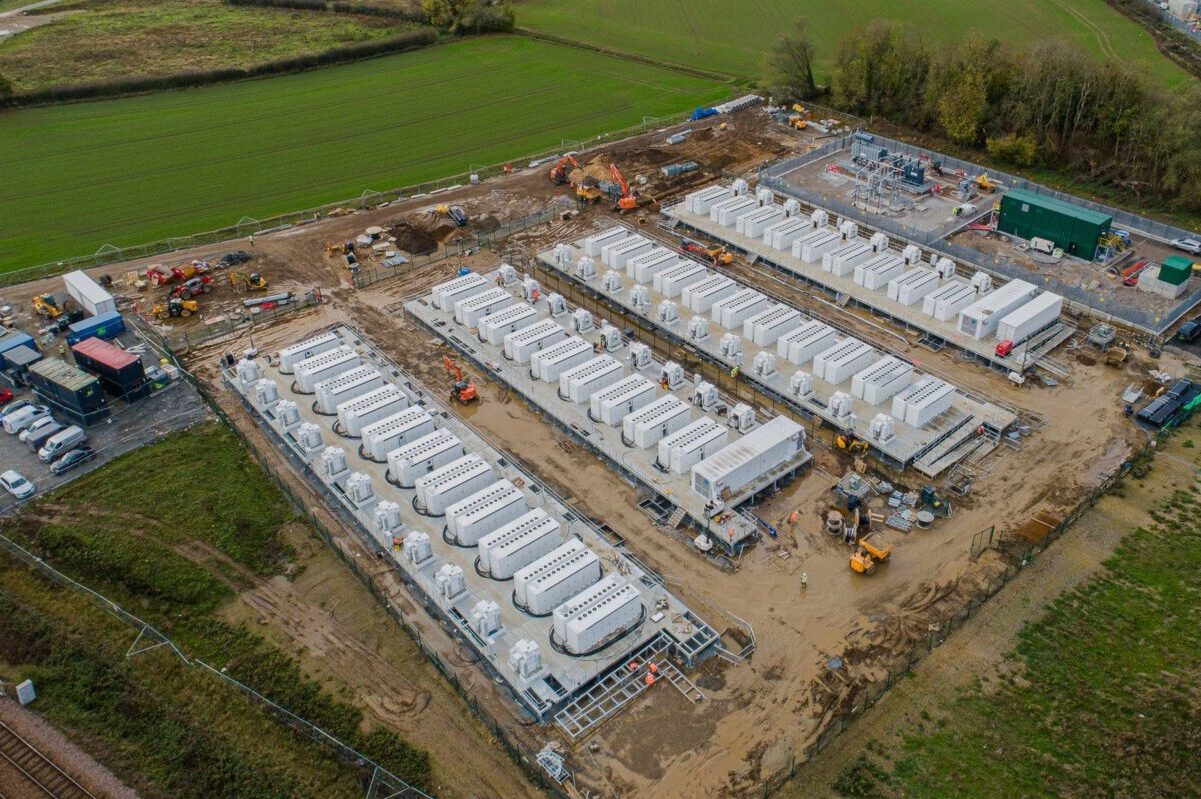
Promising Seaweed-Based Battery Delivers Hope in Sustainable Energy Storage
A Bristol-led team has created a battery separator from nanomaterials derived from seaweed. This is a thrilling development that shows us how energy storage can be more efficient and greener at the same time. Even though it is promising, there are still many challenges ahead of this product.
When it comes to the upcoming generation of extensive applications, sodium-metal batteries SMBs) are among the most promising low-cost yet high-energy storage systems. Even so, dendrite growth has proven to be an impediment to SMB development. It penetrates the separator of the battery, which then causes short-circuiting.
The team, in collaboration with University College London and Imperial College while building on earlier findings at the University of Bristol, succeeded in the creation of a unique separator. It made use of cellulose nanomaterials that came from brown seaweed. But how exactly did this research break new ground in the world of battery storage?

The research, which Advanced Materials published, has descriptions of how fibers with the said nanomaterials stop the sodium electrode crystals from puncturing into the separator. In turn, this allows for the charge to transport freely and improve battery performance, efficiency, and capacity.
Jing Wang, PhD student and first author of the study, said that these characteristics have always been vital when it comes to the longevity of batteries.
Dr. Amaka Onyianta, also from Bristol Composites Institute, said that this is great because this might stop reliance on lithium and similarly scarce materials. These are currently the go-to materials when it comes to the production of batteries.
Unfortunately, it is important to note that these typical components are often mined in an unethical fashion that compromises the safety of those who harvest them. They also use a lot of water and other natural resources.
Lead researcher Steve Eichhorn agrees with this statement. According to him, the research is promising because it shows that energy storage can be done in a green way. Should this be employed on a wider scale, the production of effective battery storage can be achieved without destroying the planet.
You may also like
Written by christopher
Choose Topic


Recent Comments